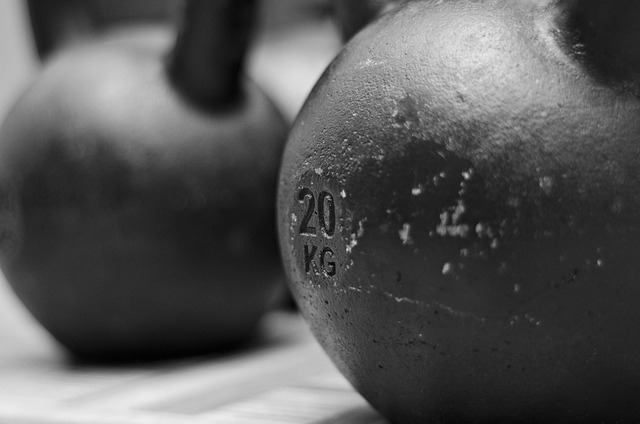
Kettlebell swings are a popular exercise that engages several muscles in the body. This exercise is known to target the posterior chain muscles, which include the glutes, hamstrings, lower back, and upper back muscles. Kettlebell swings also engage the core, shoulders, and grip muscles, making it a full-body exercise.
Here’s a breakdown of the primary muscles worked during kettlebell swings:
- Glutes: The glutes are the largest muscle group in the body and play a vital role in hip extension, which is the primary movement during kettlebell swings. The glutes are responsible for driving the hips forward, which generates the force needed to swing the kettlebell.
- Hamstrings: The hamstrings are located on the back of the thigh and work in conjunction with the glutes to perform hip extension. The hamstrings are also responsible for stabilising the knee joint during the swinging motion.
- Lower back: The lower back muscles, specifically the erector spinae, are activated during the backswing phase of the kettlebell swing. These muscles work to keep the spine in a neutral position, preventing any excessive rounding or arching.
- Upper back: The upper back muscles, including the trapezius, rhomboids, and latissimus dorsi, are engaged during the top phase of the kettlebell swing. These muscles work to retract the shoulder blades, promoting good posture and stability.
- Core: The core muscles, including the rectus abdominis, obliques, and transverse abdominis, are engaged throughout the entire kettlebell swing. These muscles work to stabilise the spine and transfer energy from the lower body to the upper body.
- Shoulders: The deltoids, or shoulder muscles, are engaged during the top phase of the kettlebell swing. The shoulders work to control the upward movement of the kettlebell and stabilise the weight overhead.
- Grip: The grip muscles, including the forearms and hands, are also heavily engaged during kettlebell swings. These muscles work to hold onto the kettlebell throughout the swinging motion, promoting grip strength and endurance.
Overall, kettlebell swings are a highly effective exercise for targeting multiple muscle groups in the body. This exercise promotes functional strength and stability, making it a great addition to any fitness routine. Additionally, kettlebell swings can be modified to fit different fitness levels and goals, allowing individuals to progress and challenge themselves over time.
How To Maximise Kettlebell Swings
Here are some tips to maximise the benefits of kettlebell swings:
- Start with a lighter weight: Kettlebell swings can be challenging, especially for beginners. Start with a lighter weight and focus on proper form and technique before increasing the weight.
- Engage the core: Throughout the entire kettlebell swing, make sure to engage the core muscles. This will help stabilise the spine and transfer energy from the lower body to the upper body.
- Keep the spine neutral: Avoid excessive rounding or arching of the spine during the kettlebell swing. Keep the spine in a neutral position, engaging the lower back muscles to maintain proper posture.
- Use the hips: The power for the kettlebell swing comes from the hips. Focus on driving the hips forward during the swing to generate the force needed to move the kettlebell.
- Relax the shoulders: While the shoulders are engaged during the top phase of the kettlebell swing, make sure to keep them relaxed and avoid any unnecessary tension.
In conclusion, kettlebell swings are a highly effective exercise that targets several muscles in the body. This exercise promotes functional strength, stability, and endurance, making it a great addition to any fitness routine. By following proper form and technique and gradually increasing the weight over time, individuals can maximise the benefits of kettlebell swings and achieve their fitness goals.